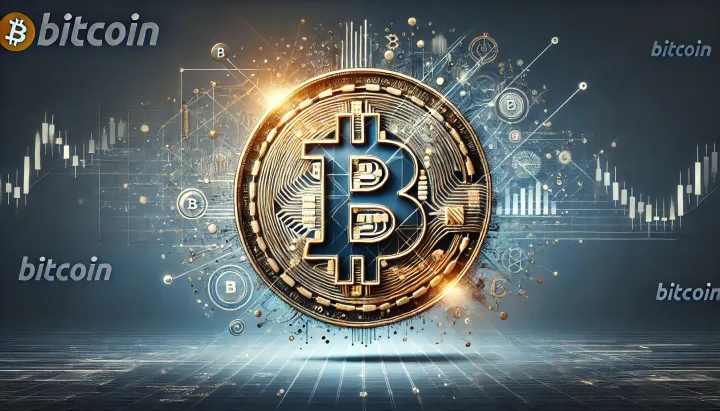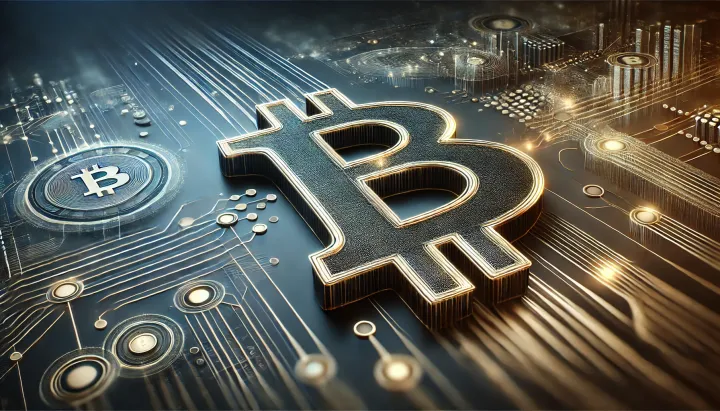MARA’s Evolving Bitcoin Treasury & Mining Strategy
On April 10, 2025, the Tim Kotzman Podcast featured Paul Giordano, of Marathon, discussing MARA’s transition to in-house Bitcoin treasury management and diversified mining operations.

- My 'briefing notes' summarize the content of podcast episodes; they do not reflect my own views.
- They contain (1) a summary of podcast content, (2) potential information gaps, and (3) some speculative views on wider Bitcoin implications.
- Pay attention to broadcast dates (I often summarize older episodes)
- Some episodes I summarize may be sponsored: don't trust, verify, if the information you are looking for is to be used for decision-making.
Summary
On April 10, 2025, the Tim Kotzman Podcast featured Paul Giordano, from Marathon, discussing MARA’s transition to in-house Bitcoin treasury management and diversified mining operations. Giordano detailed how strategic operational changes, innovative energy sourcing, and asset tokenization are enhancing shareholder value. His insights underscore a forward-looking approach that integrates efficiency, regulatory shifts, and technology to sustain competitive advantage.
Take-Home Messages
- In-house Treasury Optimization: Bringing treasury management internally drives significant cost savings and operational efficiency.
- Geographic Diversification: Expanding mining operations across varied regions boosts resilience and lowers energy costs.
- Renewable Energy Integration: Leveraging solar, wind, and stranded energy sources underpins sustainable and cost-effective mining.
- Multi-Custodian Security: Diversifying custodial partners minimizes risk and ensures high transparency in asset management.
- Strategic Growth Initiatives: Pursuing real world asset tokenization and targeted M&A can broaden revenue streams and fortify competitive positioning.
Overview
Paul Giordano recounts his transition from traditional finance to leading MARA’s Bitcoin treasury management, establishing his credibility as he explains the initial strategic impetus for internalizing treasury operations. His background underpins the drive to improve cost control and efficiency in asset management.
Giordano details how shifting treasury management in-house has enabled MARA to lower commission expenses and better control its growing Bitcoin reserve. This strategic move positions MARA to capitalize on market opportunities while safeguarding shareholder interests.
The discussion highlights the importance of geographic diversification and innovative energy sourcing, including the use of solar, wind, and flare gas. Giordano emphasizes that these Bitcoin mining operational strategies enhance cost efficiency and contribute to a more resilient mining infrastructure.
MARA’s adoption of a multi-custodian approach and its initiative to tokenize real world assets underscore a commitment to both security and innovation. These efforts, combined with proactive M&A and technology enhancements, illustrate a comprehensive plan for sustainable growth in a shifting regulatory landscape.
Stakeholder Perspectives
- Institutional Investors: Focus on efficiency improvements, cost reductions, and enhanced asset security that protect and potentially elevate shareholder value.
- Mining Operators: Prioritize strategies that lower operational expenses and integrate renewable energy solutions to sustain profitability.
- Regulators: Monitor custody practices and transparent reporting as indicators of market maturity and operational compliance.
- Technology Providers: Seek opportunities in integrating scalable systems, renewable energy tech, and tokenization platforms to drive industry innovation.
- Industry Analysts: Evaluate the evolution of operational strategies and regulatory adaptations to forecast the long-term competitive positioning of companies like MARA.
Implications and Future Outlook
MARA’s strategic shift to in-house treasury management signals a broader industry trend towards internalizing critical financial operations to improve cost control and efficiency. This move is likely to encourage other Bitcoin enterprises to reevaluate their operational models amid shifting market conditions and rising regulatory acceptance.
The emphasis on geographic diversification and renewable energy integration offers clear implications for both operational sustainability and environmental responsibility. By mitigating regional risks and leveraging low-cost energy sources, MARA is better positioned to handle market volatility and reduce its overall carbon footprint.
Continued innovation in asset tokenization and multi-custodian security models points to a future where operational resilience and diversified revenue streams become central to competitive success. These developments may drive strategic M&A and technology investments, enabling Bitcoin companies to adapt more fluidly to both market and regulatory changes.
Some Key Information Gaps
- What operational metrics best quantify the efficiency gains from in-house Bitcoin treasury management? This question is crucial for establishing clear benchmarks to gauge the effectiveness of transitioning treasury operations internally. Accurate metrics will help align strategic initiatives with measurable cost savings and improved performance.
- How does geographic diversification influence cost efficiency and operational resilience in the mining sector? This inquiry is essential as it examines how expanding operations across different regions can mitigate risk and lower energy expenses. Insights here can inform strategic planning for optimized resource allocation.
- What frameworks are most effective for aggregating and tokenizing real world assets onto the Bitcoin network? This question addresses the potential to expand Bitcoin’s utility beyond mining and treasury management. Effective frameworks could drive increased network engagement and unlock new revenue streams.
- What are the current best practices for diversifying custodial relationships to mitigate security risks? This question is vital for understanding how multi-custodian strategies can enhance asset security and auditability. Establishing best practices will bolster investor confidence and operational transparency.
- How might growing AI inference demands reshape energy consumption patterns in Bitcoin mining? This inquiry explores the intersection of emerging AI technologies and mining operations. Understanding these shifts will allow companies to adjust infrastructure planning and manage energy costs more effectively.
Broader Implications for Bitcoin
Strategic Asset Management
MARA’s internalization of treasury management may signal a shift towards more streamlined and efficient asset management across the Bitcoin industry. This approach minimizes reliance on third-party services and enhances direct cost control. Broader adoption of such strategies could lead to improved financial transparency and operational agility across market participants.
Operational Resilience through Diversification
Expanding mining operations across varied geographies and energy markets underpins a more resilient operational model. By mitigating region-specific risks and tapping into low-cost energy resources, companies can better navigate market fluctuations. This diversification strategy could set a new industry standard for balancing operational stability with cost efficiency.
Innovative Tokenization Frameworks
The initiative to tokenize real world assets highlights a path toward increasing the functional utility of the Bitcoin network. Implementing robust tokenization frameworks can broaden the scope of Bitcoin beyond simple asset storage to dynamic financial applications. This evolution may spur further innovation and attract a diverse set of market participants, enhancing overall network value.
Enhanced Security and Custody Protocols
Adopting a multi-custodian approach to safeguard Bitcoin assets addresses inherent security vulnerabilities in centralized models. Strengthening custody protocols reduces risks associated with asset concentration and enhances auditability. Such measures can improve market confidence and set benchmarks for secure asset management within the industry.
Integration of AI and Energy Optimization
Anticipating growing energy demands from AI applications represents a forward-looking consideration for future mining operations. Proactive adaptations in energy management can help companies balance rising infrastructure costs with technological advancements. This integration of AI-related insights may drive further innovations in energy efficiency and operational planning.



Comments ()